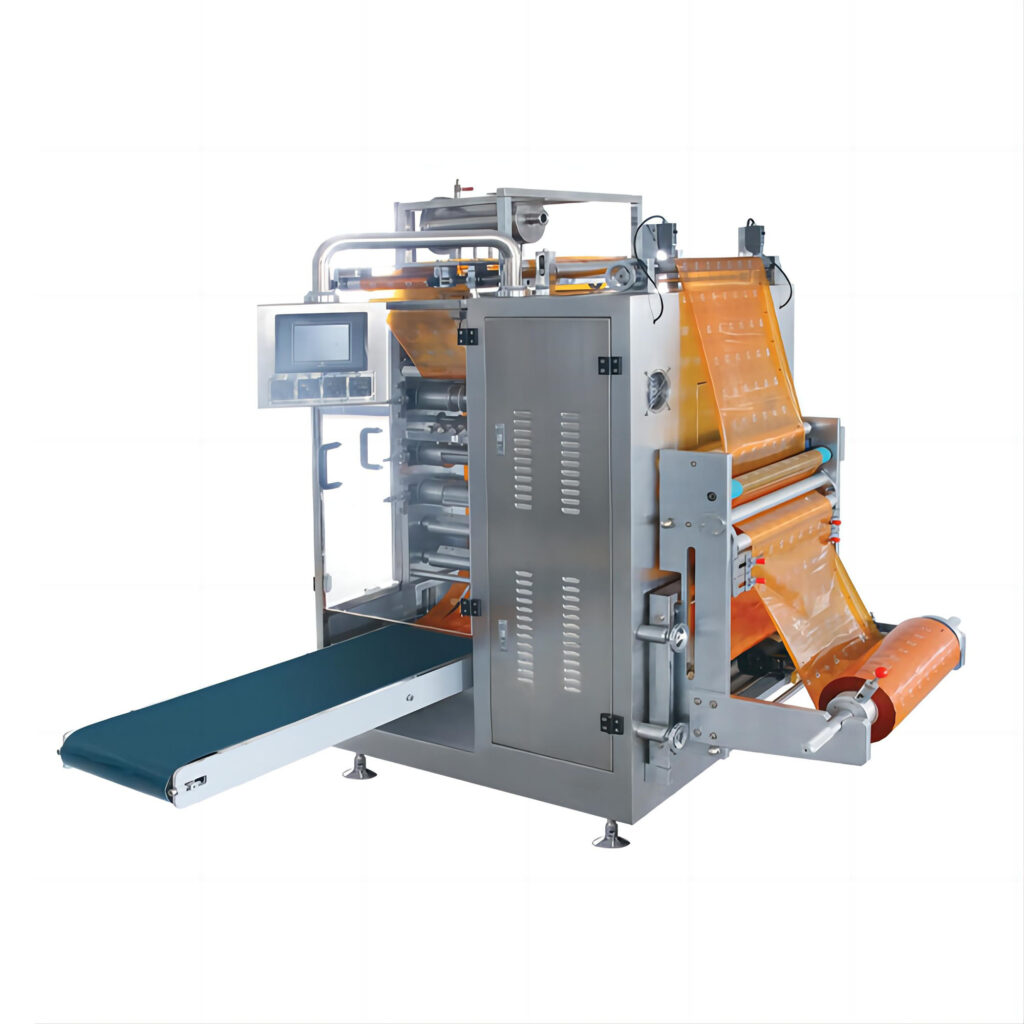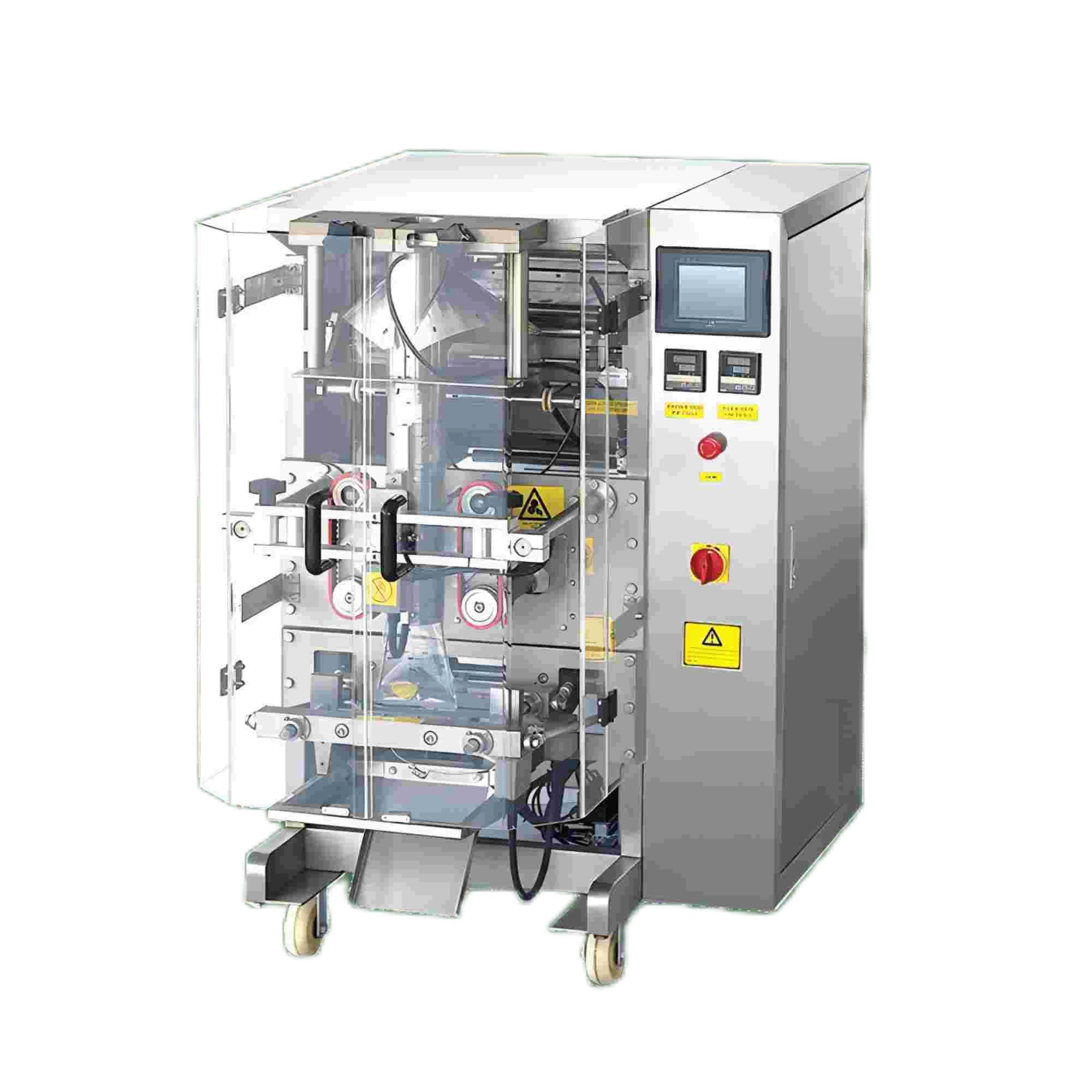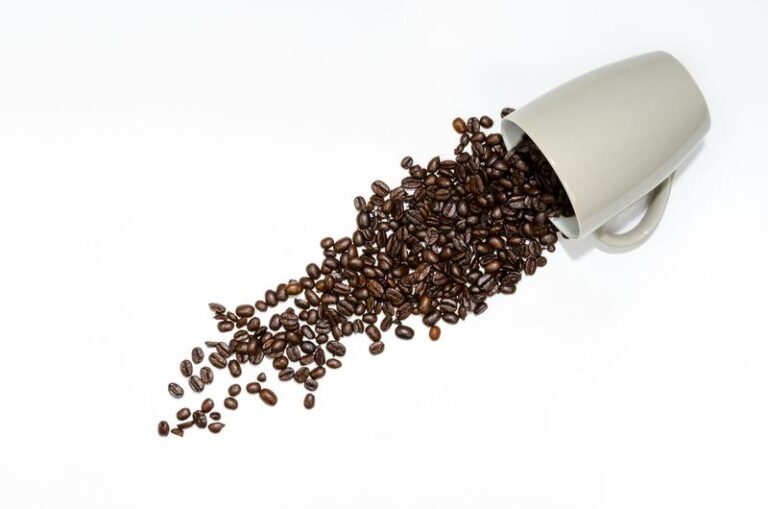Introduction
Honey stick machines are becoming increasingly useful for honey producers, whether small-scale beekeepers or huge honey suppliers. These devices help to simplify the production of honey sticks, which are a popular and simple way to package and consume honey. Honey sticks are small, portable, single-serving tubes of honey that are commonly used as sweeteners in tea, coffee, snacks, or simply consumed on their own.


The Rise of the Honey Stick Machine: Why It Matters
As the demand for honey sticks rises, businesses in the honey industry seek efficient, cost-effective solutions to increase output. The honey stick machine is a specialized apparatus that automates the process of pouring and sealing honey into sticks or straws.
Manually filling honey sticks is labor hard, time-consuming, and prone to product quality variability. Honey stick machines, on the other hand, simplify the packaging process by maintaining uniformity, decreasing waste, and drastically lowering labor expenses.
In short, honey stick machines are a game changer, particularly for enterprises that generate a large volume of honey.


Types of Honey Stick Machines
Basic Honey Stick Machine
Typically capable of filling multiple straws at once, some models can fill up to 40 straws simultaneously. They often come with a food-grade manifold and do not require heating the honey, making the process simpler and cleaner.
Upgraded Models
Newer versions may include features like easier cleaning designs, custom pre-sealed straws, and enhanced filling mechanisms that allow for quicker production rates, such as filling over 150 straws per hour.
Pump Systems:
Some machines utilize a pump mechanism to create pressure for filling without heating the honey. This method preserves the quality of the honey while allowing for efficient filling.
Advanced Features:
More sophisticated machines may incorporate conveyor systems, sealing units (using heat or ultrasonic methods), and even labeling systems for product traceability. These features enhance productivity and ensure hygiene during the filling process.
Benefits of Using a Honey Stick Machine
Efficiency: Automating the filling process significantly reduces the time required compared to manual methods, allowing for higher throughput.
Consistency: These machines ensure that each straw is filled with a precise and consistent volume of honey, improving product quality.
Hygiene: The closed system minimizes contamination risks, providing a cleaner production environment.
Scalability: Machines can be adjusted to accommodate different straw sizes or fill volumes, making them adaptable to varying production demands.
Sustainability: By efficiently filling biodegradable honey straws, businesses can align with eco-friendly practices and appeal to environmentally conscious consumers
How Does a Honey Stick Machine Work?
A honey stick machine typically consists of the following components:
- Filling System: This system ensures that the exact amount of honey is dispensed into each stick.
- Sealing System: The machine seals the ends of each stick, creating an airtight, leak-proof package.
- Heating Mechanism: Honey needs to be warmed slightly to ensure a smooth flow, making the filling process faster and more efficient.
- Conveyor: Some machines come with a conveyor system that moves the honey sticks automatically through the filling and sealing stations.
Using automated controls, honey stick machines allow for precise settings, such as adjusting the size of the sticks and controlling the speed of production. Some advanced models even allow for packaging other viscous liquids, such as syrups or flavored honey blends.
Frequently Asked Questions About Honey Stick Machines
1. How much does a honey stick machine cost?
Honey stick machines vary in price depending on their production capacity and features. Entry-level machines, suited for small-scale operations, typically range between $2,000 and $5,000. Larger, more advanced machines, capable of higher production rates, can cost upwards of $15,000.
2. What is the production capacity of a honey stick machine?
Production capacity depends on the specific machine model. Smaller machines can produce around 500-1,000 sticks per hour, while industrial-grade machines can fill and seal over 10,000 sticks per hour.
3. Is a honey stick machine easy to operate?
Yes, most honey stick machines are designed with user-friendly controls and are easy to operate. Basic technical knowledge is required to set up the machine, adjust the settings, and maintain it, but many manufacturers offer training and support.
4. What types of honey can be used in these machines?
Almost any type of honey can be used in a honey stick machine. However, it’s important to ensure the honey is warmed slightly before filling to avoid crystallization, which could clog the machine or affect the quality of the sticks.
5. What kind of maintenance does a honey stick machine require?
Regular cleaning is crucial to prevent honey buildup, which can lead to malfunctions. Machines also require periodic maintenance of moving parts, such as the filling nozzle and sealing components, to ensure consistent performance.
6.What packaging materials are used for honey sticks?
Honey sticks are typically made from food-grade plastic materials such as polyethylene or polypropylene. Some manufacturers offer biodegradable options to cater to environmentally conscious consumers. The choice of packaging material can impact machine settings and production speed, so it’s crucial to use materials recommended by the machine manufacturer.
7.How do honey stick machines compare to other packaging methods?
Compared to traditional honey packaging methods like jars or squeeze bottles, honey stick machines offer several advantages:
- Higher production speed for small portions
- Improved portability and convenience for consumers
- Reduced risk of contamination due to single-serve packaging
- Potential for higher profit margins on individual units
However, they may not be suitable for businesses primarily focused on bulk honey sales.
Conclusion
Honey stick machines represent a sweet opportunity for businesses looking to innovate in the honey industry. By offering increased efficiency, consistent quality, and new market possibilities, these machines can be a game-changer for honey producers and retailers. As with any significant investment, careful consideration of your business needs, production goals, and target market is essential when choosing a honey stick machine. With the right equipment and strategy, you can position your business to capitalize on the growing demand for convenient, portion-controlled honey products and unlock new levels of success in this golden market.
If you are unsure which machine would be a good fit for your company, contact Lintyco.
At Lintyco, we can help you find the perfect machine for your needs. We have a wide selection of machines and knowledgeable staff who can answer any questions you may have about selecting the right packaging machine for your business.





